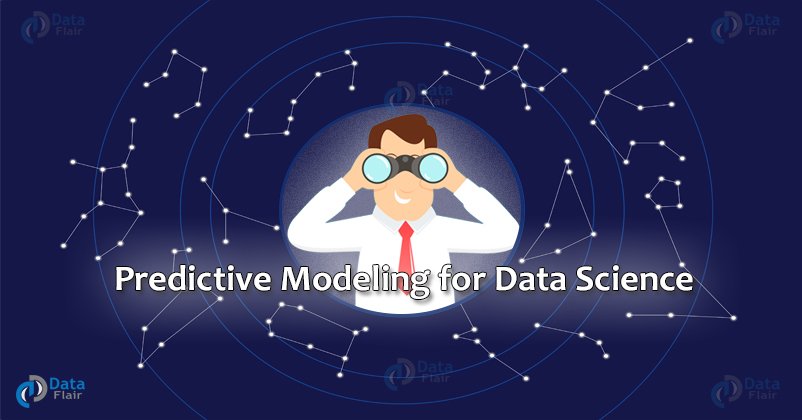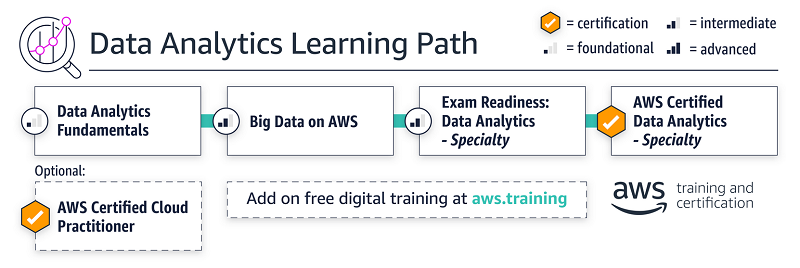
Computer vision, in its simplest form is the process of assembling visual images. It's similar to how a puzzle piece needs pieces. A neural network must be capable of distinguishing pieces, modeling edges, and identifying subcomponents in order to build an image. These layers of networks are fed hundreds of thousands of images that are related to the image being assembled. A neural network cannot piece together an entire image unless it is trained with hundreds of thousands of images.
Applications of computer vision
Computer vision applications are useful in order to ensure the proper placement of components as more parts and connections are added. This reduces manual inspection. These applications are helpful for assembling equipment and machinery as well as pre-assemblies and electronic boards. These processes are much faster. A number of computer vision applications have become popular. To unlock phones, many people use facial recognition technology.

Background of computervision
The Background of Computer Vision began in the late 1960s and developed in parallel with the field of artificial intelligence. Computer vision was first developed to perform basic image processing tasks such as color segmentation and edge detection. These early researches laid the groundwork for today's computer-vision applications. But, artificial intelligence and computer vision were still far from being able to do reasoning. Researchers found that this task was extremely difficult and that the technology was still very early.
Convolutional neural networks (CNNs)
ConvNets have a similar architecture to neurons in the human mind. This was inspired largely by the organization of Visual Cortex. Each individual neuron responds to a small region of the visual field, while receptive fields overlap to cover the entire field. Images are matrices made up of pixels and fed into a Multilevel Perceptron.
Object detection
Object detection refers to the identification of effective targets within still images and video data. Computer vision techniques include image processing, pattern recognition, artificial intelligence, and machine learning. There are many applications for object detection, from factories to military restricted zones and advanced human-computer interaction. However, object detection is complicated and requires precision in order to achieve both speed and accuracy. This article discusses recent developments in object detection. Let's take an in-depth look at some of the techniques and their application.

Computer vision can automate labor-intensive operations
AI-powered computer Vision in Manufacturing Plants is a great example of how this technology can be used to save businesses money and time. These tasks were previously performed manually by qualified healthcare professionals. These tasks are being taken over by AI-powered computer Vision solutions. These applications include predictive maintenance systems that detect and prevent equipment and machine failures and alert personnel when maintenance should be done. Workers involved in quality control and packaging also use computer vision.
FAQ
Where did AI originate?
In 1950, Alan Turing proposed a test to determine if intelligent machines could be created. He suggested that machines would be considered intelligent if they could fool people into believing they were speaking to another human.
John McCarthy took the idea up and wrote an essay entitled "Can Machines think?" in 1956. It was published in 1956.
Which are some examples for AI applications?
AI is being used in many different areas, such as finance, healthcare management, manufacturing and transportation. These are just a handful of examples.
-
Finance - AI is already helping banks to detect fraud. AI can spot suspicious activity in transactions that exceed millions.
-
Healthcare – AI is used for diagnosing diseases, spotting cancerous cells, as well as recommending treatments.
-
Manufacturing - AI in factories is used to increase efficiency, and decrease costs.
-
Transportation - Self Driving Cars have been successfully demonstrated in California. They are currently being tested all over the world.
-
Utilities are using AI to monitor power consumption patterns.
-
Education - AI has been used for educational purposes. Students can use their smartphones to interact with robots.
-
Government - Artificial Intelligence is used by governments to track criminals and terrorists as well as missing persons.
-
Law Enforcement-Ai is being used to assist police investigations. Search databases that contain thousands of hours worth of CCTV footage can be searched by detectives.
-
Defense - AI systems can be used offensively as well defensively. An AI system can be used to hack into enemy systems. For defense purposes, AI systems can be used for cyber security to protect military bases.
What is the latest AI invention?
Deep Learning is the latest AI invention. Deep learning, a form of artificial intelligence, uses neural networks (a type machine learning) for tasks like image recognition, speech recognition and language translation. It was invented by Google in 2012.
Google's most recent use of deep learning was to create a program that could write its own code. This was accomplished using a neural network named "Google Brain," which was trained with a lot of data from YouTube videos.
This allowed the system to learn how to write programs for itself.
IBM announced in 2015 the creation of a computer program which could create music. Another method of creating music is using neural networks. These are known as "neural networks for music" or NN-FM.
Statistics
- In the first half of 2017, the company discovered and banned 300,000 terrorist-linked accounts, 95 percent of which were found by non-human, artificially intelligent machines. (builtin.com)
- A 2021 Pew Research survey revealed that 37 percent of respondents who are more concerned than excited about AI had concerns including job loss, privacy, and AI's potential to “surpass human skills.” (builtin.com)
- More than 70 percent of users claim they book trips on their phones, review travel tips, and research local landmarks and restaurants. (builtin.com)
- In 2019, AI adoption among large companies increased by 47% compared to 2018, according to the latest Artificial IntelligenceIndex report. (marsner.com)
- By using BrainBox AI, commercial buildings can reduce total energy costs by 25% and improves occupant comfort by 60%. (analyticsinsight.net)
External Links
How To
How to create an AI program
To build a simple AI program, you'll need to know how to code. Although there are many programming languages available, we prefer Python. There are many online resources, including YouTube videos and courses, that can be used to help you understand Python.
Here's a brief tutorial on how you can set up a simple project called "Hello World".
You will first need to create a new file. This is done by pressing Ctrl+N on Windows, and Command+N on Macs.
In the box, enter hello world. Press Enter to save the file.
For the program to run, press F5
The program should display Hello World!
However, this is just the beginning. These tutorials will help you create a more complex program.